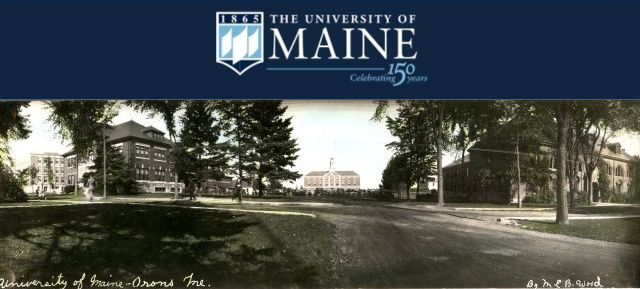
General University of Maine Publications
Document Type
Report
Publication Date
9-2020
Abstract/ Summary
The recommendations of these groups have now been completed and the equity assessment that you see before you contains an analysis that was carried out by the University of Maine’s Senator George J. Mitchell Center for Sustainability Solutions (hereafter, Mitchell Center) to assess the recommendations’ attention to equity issues.
While the impacts of Maine decreasing its greenhouse gas emissions will not be large relative to global emissions, the state’s Climate Action Plan is an important step in the right direction. Maine is not only leading by example, but is also creating policies that will reduce emissions as well as enhance the lives and livelihoods of Maine people. This is laudable, and it is our hope that Maine can be a leader in both equitable emissions reductions, and adaptive capacity building.
The creation of Maine’s Climate Action Plan offers an opportunity for transformational change. Many of the strategies put forth by the Working Groups would involve significant alterations, which are necessary both to reduce our state’s greenhouse gas emissions and adapt to a changing climate. These strategies can also help alleviate inequality across the state if they target the needs of vulnerable citizens first. A more resilient Maine can also be a more equitable Maine, but climate action is not inherently just. With thoughtful analysis and deliberate action, the Maine Climate Council can recognize inequality, find the root causes, and seek to solve them using the strategies in the Climate Action Plan. We hope that this report will provide a solid foundation from which that work can be done.
Repository Citation
Senator George J. Mitchell Center for Sustainability Solutions, "Assessing the Potential Equity Outcomes of Maine’s Climate Action Plan: Framework, Analysis and Recommendations" (2020). General University of Maine Publications. 2273.
https://digitalcommons.library.umaine.edu/univ_publications/2273
Version
publisher's version of the published document
Rights and Access Note
This Item is protected by copyright and/or related rights. You are free to use this Item in any way that is permitted by the copyright and related rights legislation that applies to your use. In addition, no permission is required from the rights-holder(s) for non-commercial uses. For other uses, you need to obtain permission from the rights-holder(s). For more information, contact Special Collections.


